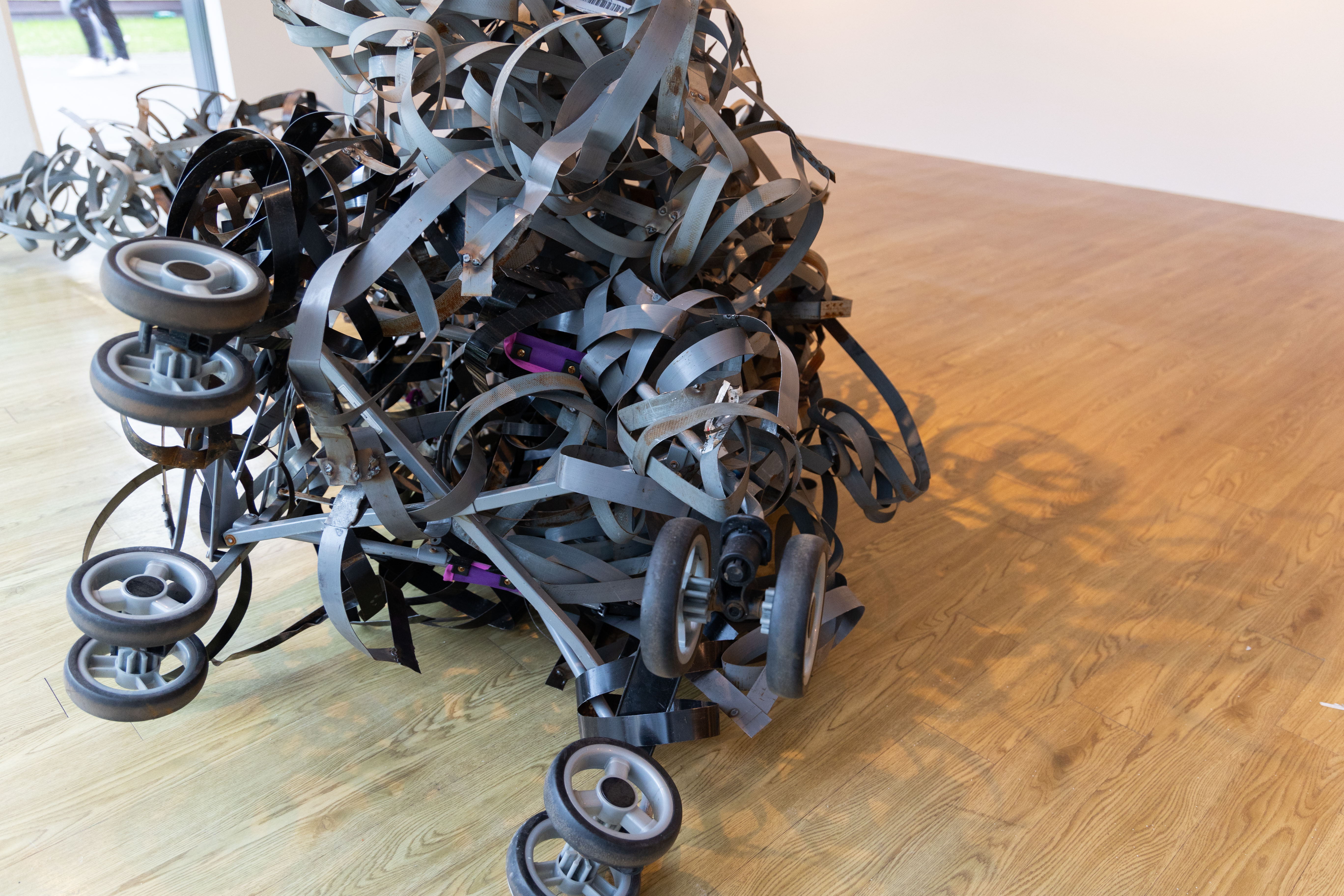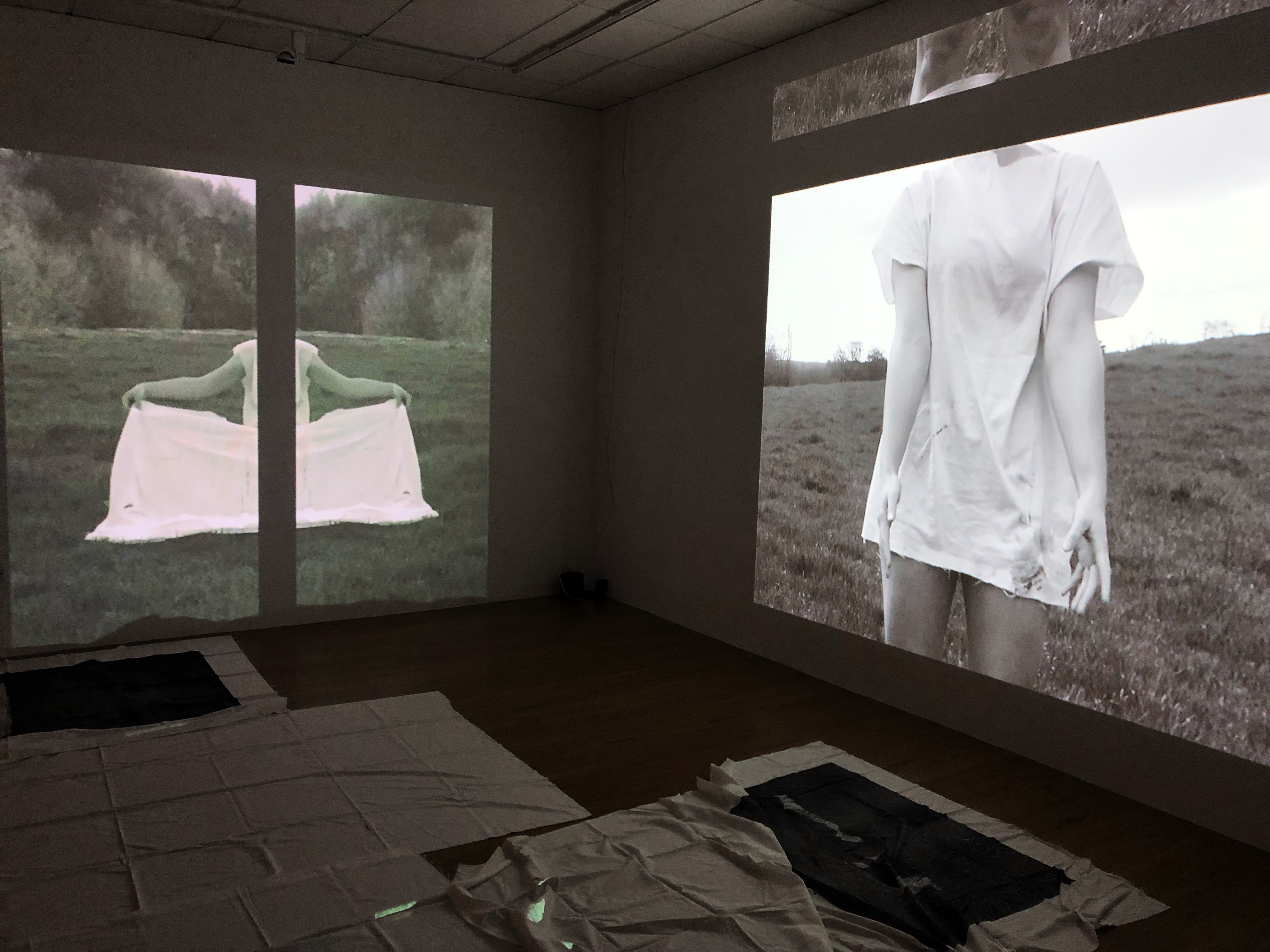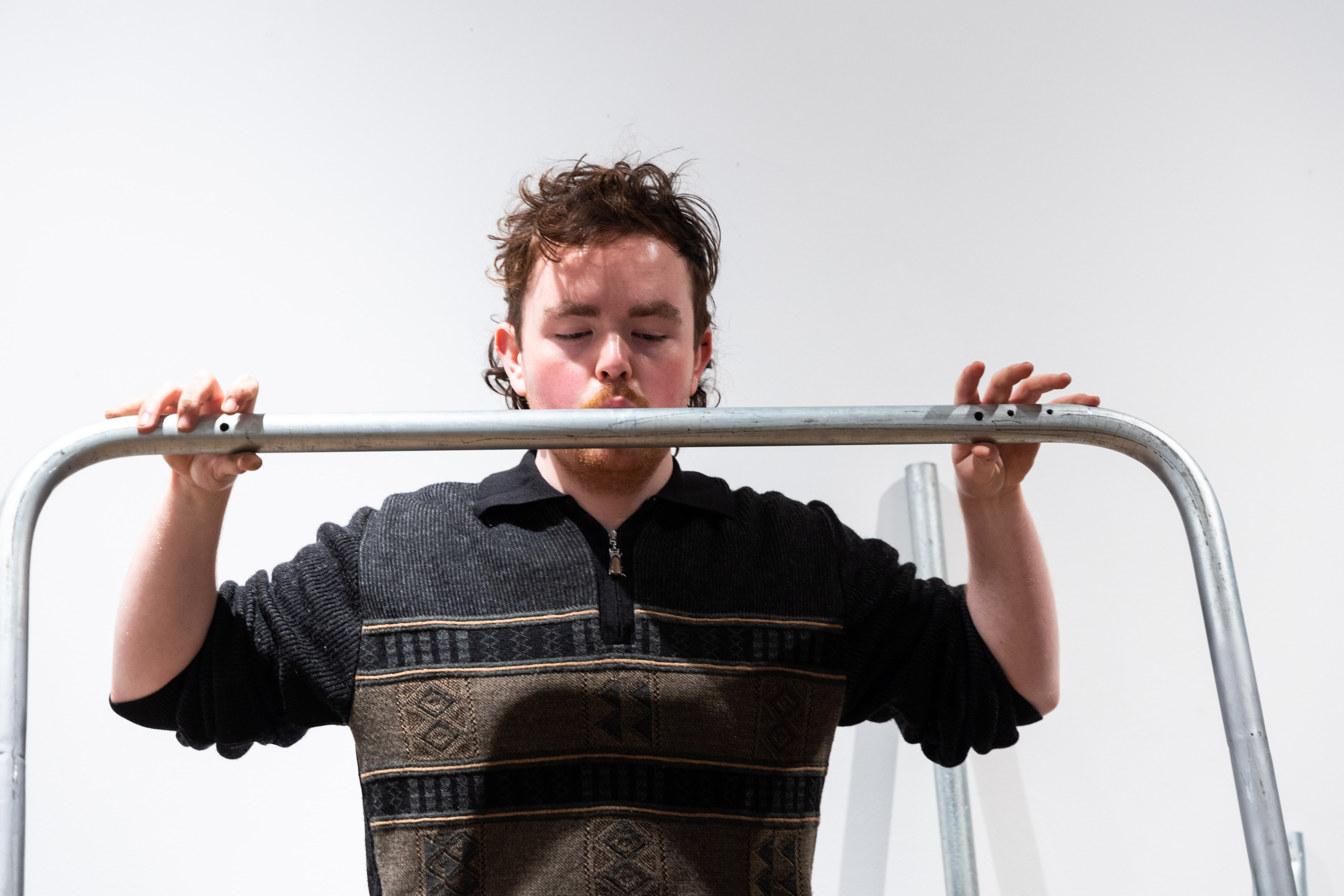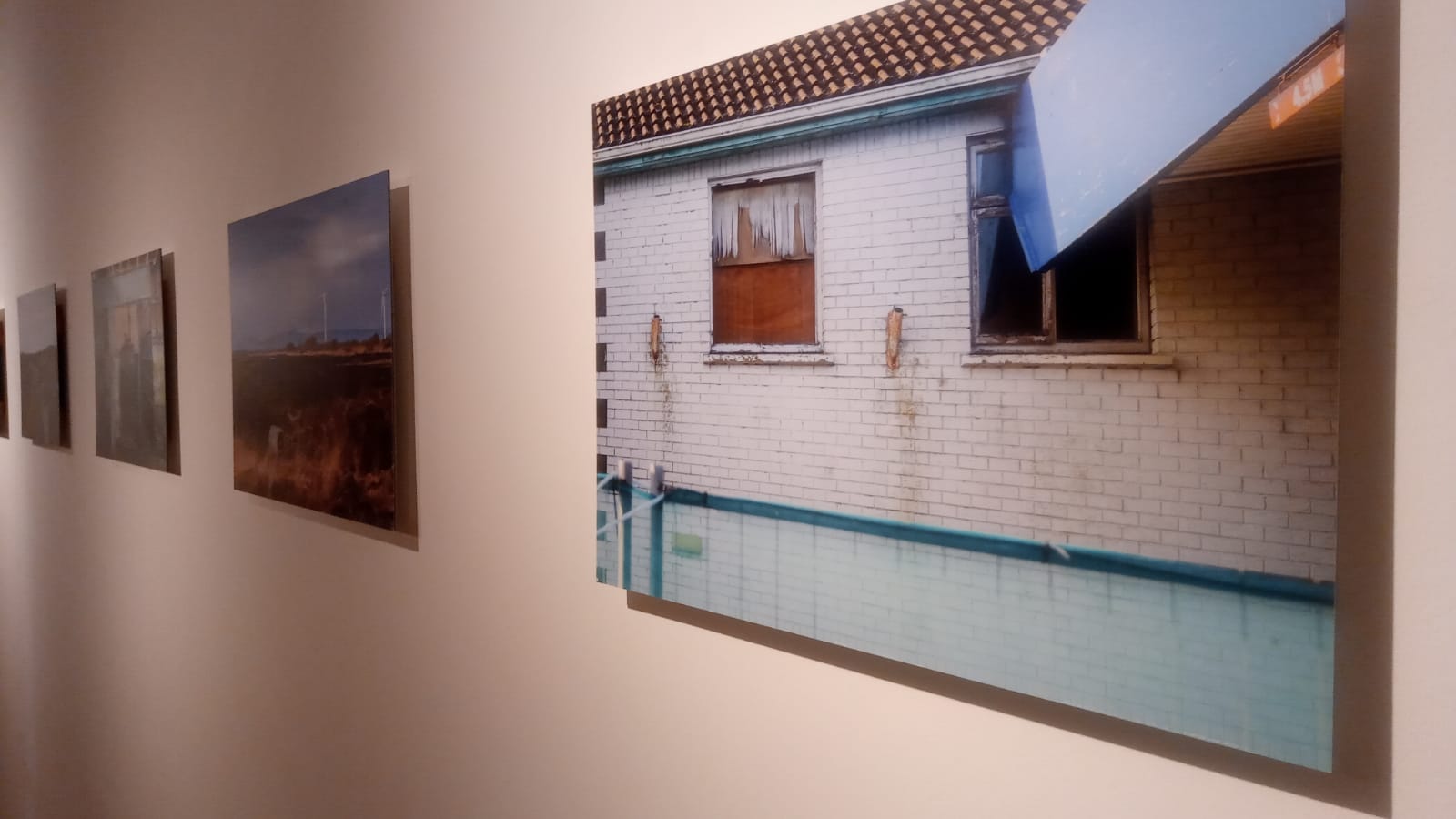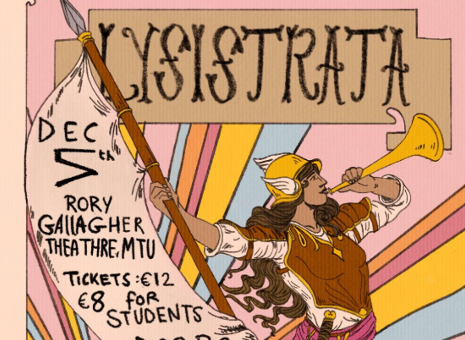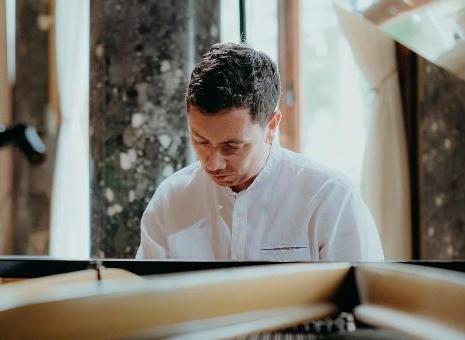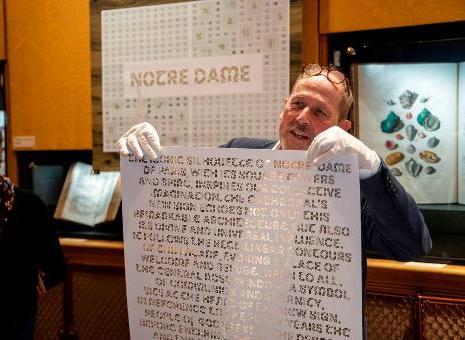MTU ARTS OFFICE ENVIRONMENTAL AWARD EXHIBITION '22
MTU Arts Office annual exhibition focussing on the environment, “Ar Scáth A Chéile / In Each Other’s Shadow 2022”, and features the work of five talented emerging artists recent graduates of the BA Fine Art at MTU Crawford College of Art & Design.
The title comes from an old Irish saying “Ar scáth a chéile a mhairimid”, which can be translated as “In the shadow of each other we prosper”. The exhibition aims to discuss the shadows we cast and the shadows we live with, the impacts our decisions have on each other, our relationship with the wider natural world, and our responsibilities as inhabitants of that world.
This is the second year of the Ar Scáth A Chéile series, and this year’s exhibition presents works from five MTU Crawford College of Art & Design Fine Art BA graduates - Bríanna Ní Léanacháin, Maitiú Mac Cárthaigh, Peggoty Ransley, Sarah Browne and Rachel Guilfoyle. Their works in print, text, moving image, sculpture, and photography investigate topics such as landscapes, farming traditions, motherhood and Covid restrictions, Irish language and identity, animal welfare, and loss with progress.Please see below videos of the artist introducing their work and process.
Click the link to see Exhibition Guide - HERE
About the artists:
Bríanna Ní Léanacháin
“My current work is rooted in personal experiences of home, identity, ‘Irishness’, and seeks to explore the position and experience of the female in traditional and contemporary Irish culture. Through installation I attempt to dismantle the nostalgia propagated by romanticised notions of traditional Irish identity and deconstruct the inherent patriarchal discourses associated with rural Ireland. I displace domestic labours within the rural landscape, challenging traditional tropes of the landscape as a female space and seeking to reclaim this feminine space and emphasise the ‘invisible’ labour of women in rural homeplaces.
Using performance, sound, printmaking, and sculpture I attempt to create an immersive space that induces the subjective experience of qualia in the viewer. The materiality of the work attempts to evoke a merging of the domestic and the rural spaces as I reclaim and reconstitute these spaces as a site of convergence.”
Maitiú Mac Cárthaigh
“Currently this research practise is concerned with the division and enclosure of natural spaces for agricultural purposes in both Ireland and the Netherlands. Following this, I aim to show how this affects the human experience of Rurality, Climate Catastrophe, Labour and Gender/Sexual Politics.
I am motivated by my own personal connection to the idea of Rurality. This motivation is inherited and then intensified as I do not fit the mould of traditional heteronormative rurality or fast-moving urbanity so now I retreat into hermetic research of the structures and traditions of where I was born. I undertake this research through an auto ethno-methodology, journeying out into Irish and Dutch landscapes which I later document through diaristic auto-fiction. Combining this with secondary source material, the work is then realised through performance and expanded print media objects.”
Maitiú Mac Cárthaigh is currently pursuing an MA in Artistic Research in the Royal Academy of Art (KABK), Den Haag, Nederlands.
Peggoty Ransley
“My sculptural practice entails the construction of life size sculptures of horses, designed to symbolise their historical exploitation.
I am fascinated by the horse - it features heavily in art history, often as a symbol of power. Once a hugely important part of society, central to transport, farming and warfare. Automation now fulfils these roles, and the horse is now viewed as frivolous, a source of beauty and entertainment - forgotten and neglected once it is no longer deemed useful.
My sculptures are made from 6mm steel bars bent by hand and welded. The result resembles the horse’s skeleton, which I then sometimes cover in waste materials - reused feed bags, plastic nets etc... I also like to incorporate natural materials such as mud, grain and grass into my work, referencing, materially, the ancient and enduring nature of the horse and its complicated and close relationship with humankind.”
Rachel Guilfoyle.
“My photographic work reflects on the economic states and environments of the rural town of Urlingford in Co. Kilkenny. My approach is a photo documentary style showing the town’s changes due to economic cycles of growth and downturns. This photographic series works as a microcosm of the development of modern Ireland in the early part of the 21st century. My process involves visiting various locations that surround and make up Urlingford, documenting my surroundings and gathering visual information. The places I visit and research are the M8 motorway, the Templetuohy Bog, the Islands forest, and shops and businesses within the town that are still open and the ones that closed their doors for good. My work also includes publications that detail and archive the changes in livelihoods and how life is lived in this part of the country.”
Sarah Browne
“I find myself using art as a way to construct my emotions visually and, since I am a visual learner, I put them in a format that I can understand. It is a way for me to work out what I am feeling, but it also allows me to work through my emotions, freeing my mind of the everyday stresses. I use a lot of recycled or found objects and materials, because I like to change the perspective and meaning of an object, and in a way bring more value to them.
This work is a large sculpture that is constructed from steel banding and strollers. It is a visual representation of the emotions I feel towards being a mother and a student. Often times I can feel knotted, pulled and twisted between the two, this can make my day to day busy and overwhelming, an experience that many are familiar with. This is what I wanted my work to reflect. Since beginning my Masters study, I feel as though this work is still an accurate representation of me and my daily struggle. I also feel that this work will have no age, I will always be a mother, a teacher and an artist, meaning that I will always feel torn between the demands of all three.
Using the banding allowed me the freedom to express these emotions. Although initially selected for functional reasons, looking more into the use of banding allowed me to understand how meaningful it is to my work. The banding is designed to be wrapped around objects in an effort to support and secure, for me this related to the roles of a mother.
The domestic object used was a stroller that was used by my own children. The method in my work was to wrap and knot the steel banding around these objects over and over until they became one. “
Sarah Browne is currently pursuing the Professional Master of Education (Art & Design) at MTU Crawford College of Art & Design.
